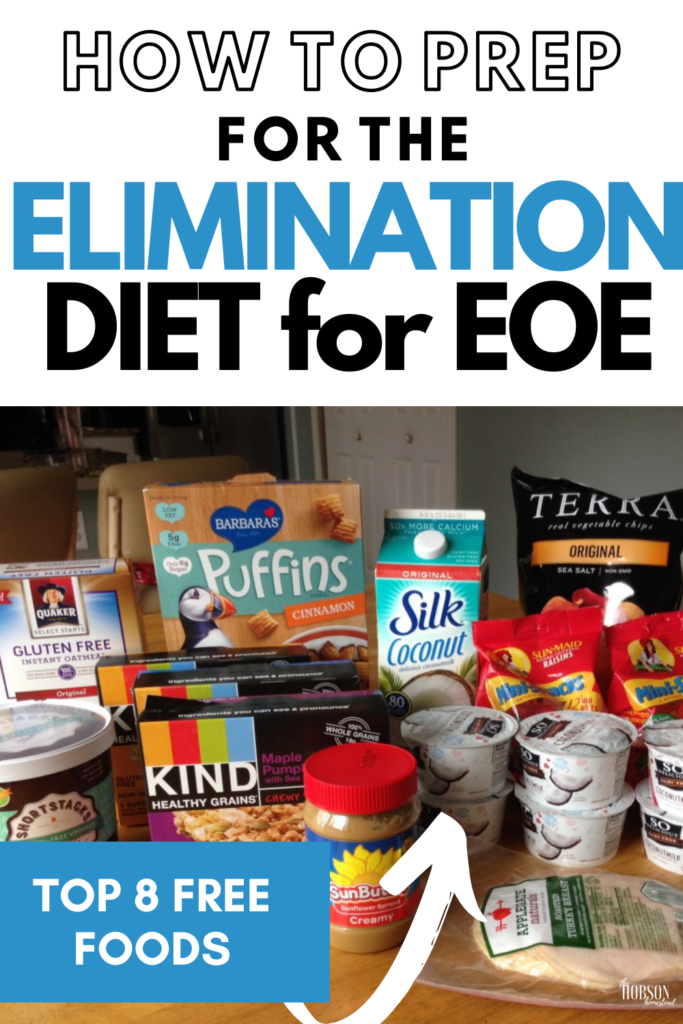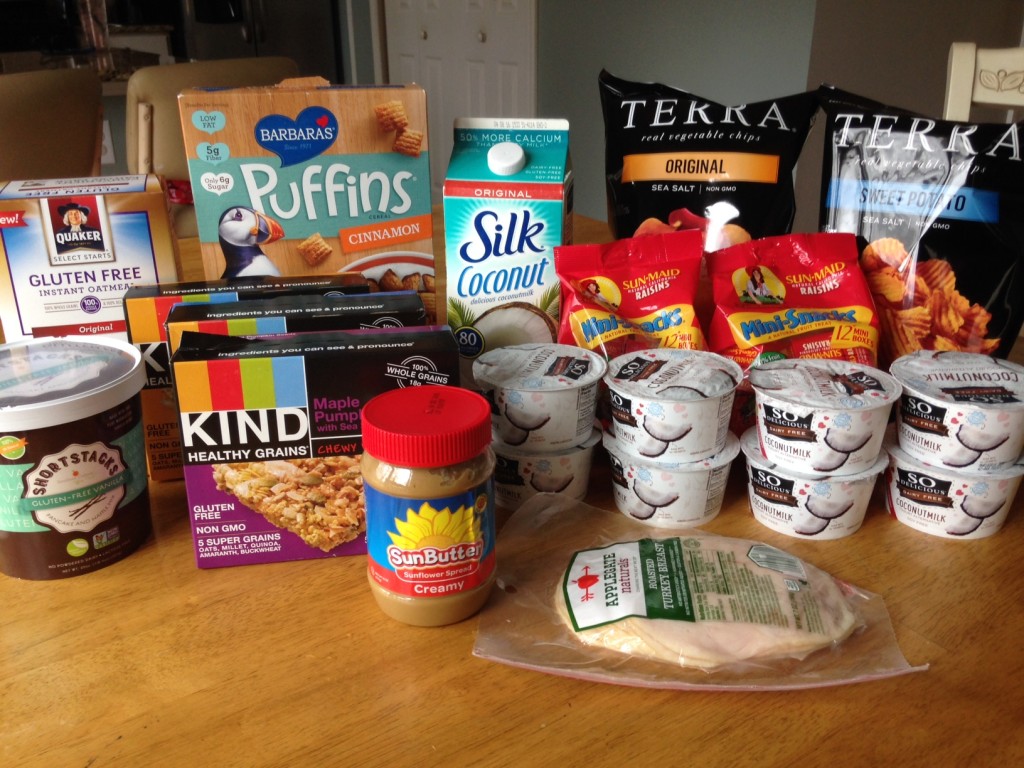After Beau’s second scope, his GI doctor spoke as if Beau had Eosinophilic Esophagitis (EoE), though it took a few days for the official biopsy results to confirm that diagnosis. We have suspected EoE since November 2015 after his initial scope which yielded a borderline eosinophil count of 15. Since November, I have scoured the internet to find out as much as I can about EoE symptoms and treatments–medical and non-medical. I was aware of the Elimination Diet, but wanted an official EoE diagnosis before putting Beau–my big-appetite eater–through the toils of a more limited diet.

When my husband and I began crossfitting back in 2008, we learned of the paleo diet and jumped on board soon after. Though we have never been strict paleo except for intermittent paleo challenges, we still eat mostly paleo–or rather primal, which is paleo plus full-fat dairy. James has always eaten cleaner than me, because fortunately he doesn’t have the thorn of a sweet tooth in his side. Many of my posts during my first couple years blogging were paleo recipes I’d created while learning this new diet.
So you’d think these years of alternative cooking and baking would make an elimination diet rather easy for me, but in fact, it’s a bit overwhelming. The Elimination diet has proven to resolve 88% of the EoE cases in children, but stripping a diet of wheat, dairy, eggs, soy, peanuts/tree nuts and fish is a huge undertaking. Wheat, soy and fish are easy to remove. And though Beau loves dairy–especially cheese and yogurt–I can offer the alternative of coconut products. But eggs and tree nuts are paleo staples. They are ingredients I use in cooking and baking every single day. They are nutrient-dense foods that are typically great sources of fats and vitamins–except when you have EoE. If you have EoE, they are likely food triggers that cause the cells in your esophagus to attack itself.

I went to Target today because I noticed when I was there last week that they carried coconut yogurt, which my local Publix does not. Beau absolutely loves yogurt, so I stopped back by today to get yogurt and stock up on any other convenience foods that are approved for the Elimination diet, which I assume our GI doctor will start him on at our appointment next week.
While we typically eat gluten free, checking labels for eggs and dairy products really limits things. I finally found a pancake mix I love, but it contains almond meal (which is why I loved it), so that’s a no-go now. Besides fresh produce and meats, this little haul will make up his snacks and round out his meals for the next week or so while we figure out the hang of things. I’ve found a few recipes that are free of the top 6 allergens, but am on the hunt for more.
Check out my Eosinophilic Esophagitis EoE board on Pinterest for more resources.

[…] top 8 allergens, but I’m giving myself an A for effort. Though I’m making all this for Beau, as luck would have it, Scarlett loved the vegan Chocolate Chip mini loaves and James Michael loved […]
[…] of tantrums and the other 25% is him eating. Life of a two year old. He has been following a restricted diet for about 3 weeks now (no wheat, dairy, eggs, soy, peanuts, tree nuts, shellfish, fish), but […]
[…] officially diagnosed him with Eosinophilic Esophagitis (EOE). Soon after his diagnosis, Beau began an elimination diet of the top 8 allergens (dairy, wheat, eggs, soy, tree nuts, peanuts, fish, shellfish) because […]
I have to eat duck eggs instead of chicken eggs. May be an option.
I read all the foods EoE patients should avoid.
There is never information on why these foods cause the reactions.
It would help folks to understand more of we knew more, instead of being told not to eat.
EOE parent here. EOE is allergy related. So the elimination diet is like a reboot on when you introduce foods slowly as a toddler to make sure you can track any bad reactions to certain foods. You cut out all the most common allergens for 6 weeks so the body is clear and you can reintroduce foods systematically in order to watch for negative effects. There is no other reliable way to test for food allergens.